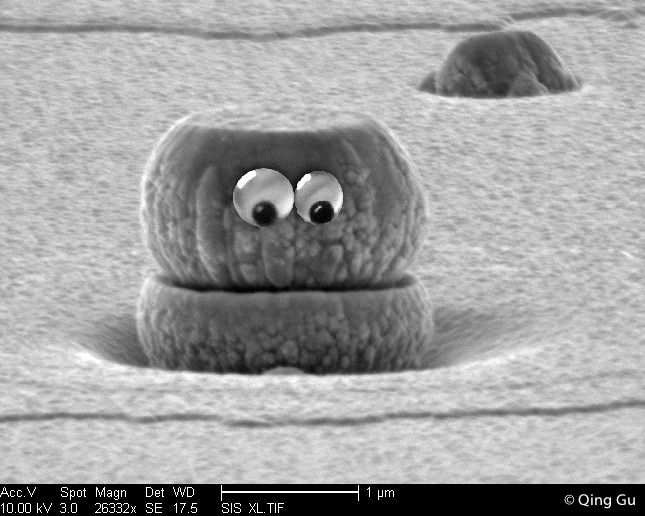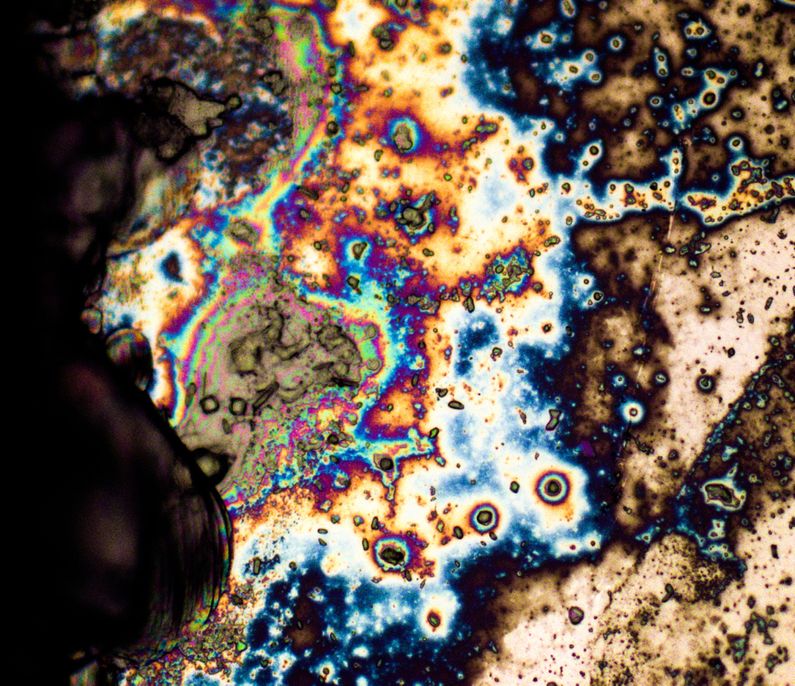This fractal pattern is actually a guide to shaping laser pulses.
Each pixel in this image represents one possible laser pulse shape (the arrival
time of the frequencies in a broadband laser pulse). The pixel’s color
indicates how good that particular pulse shape should be at controlling a
particular











